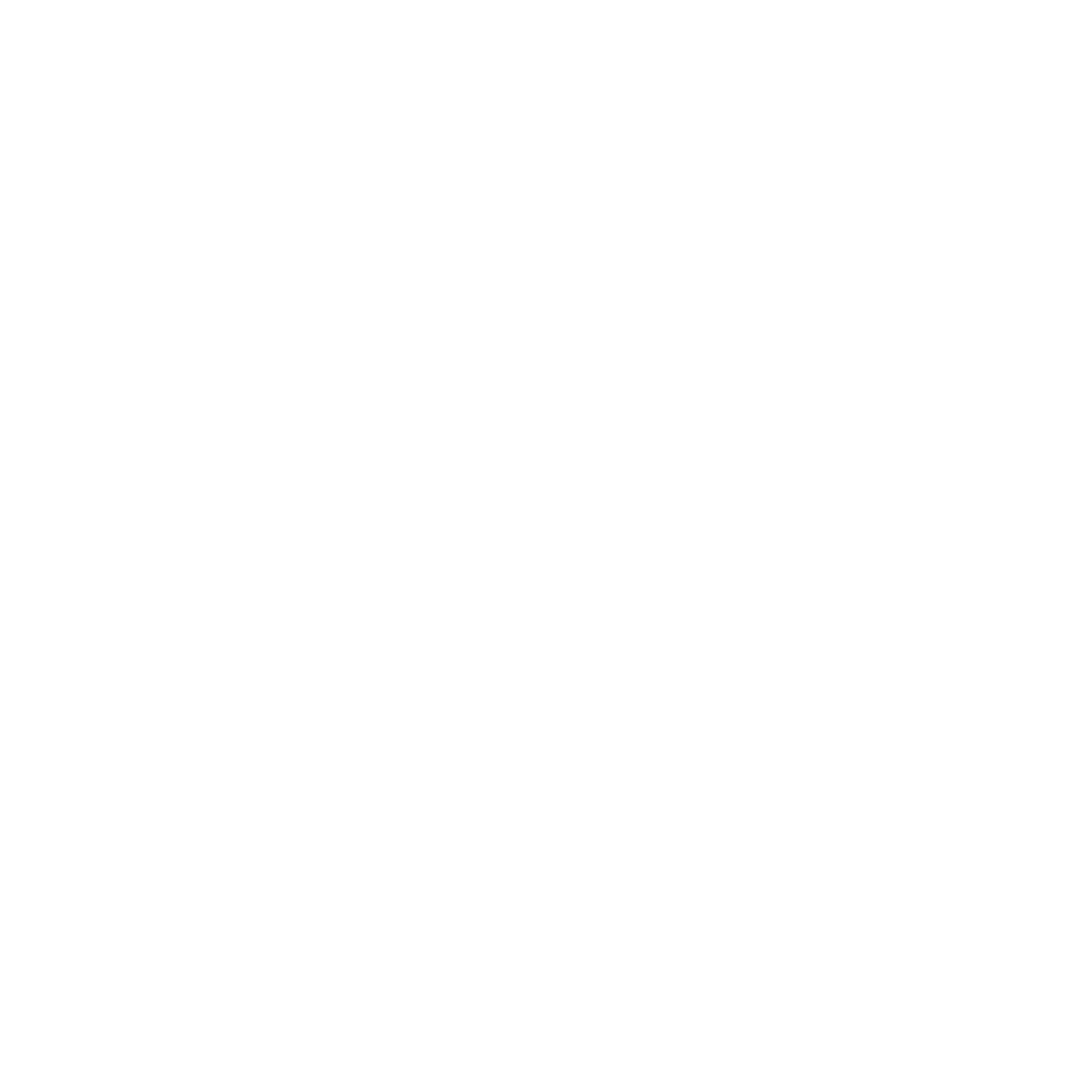
Perma.cc is used by law journals and legal researchers to create a permanent archived version of a web page and to assign a permanent URL to that web page.
Your readers can click on a Perma.cc URL in a footnote and view the website and the information that the author referred to when the URL was captured.
Perma.cc avoids the frustration of finding a dead link when a website has been taken down or changed since it was viewed and cited by an author.
